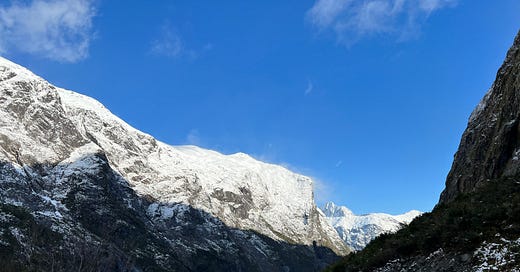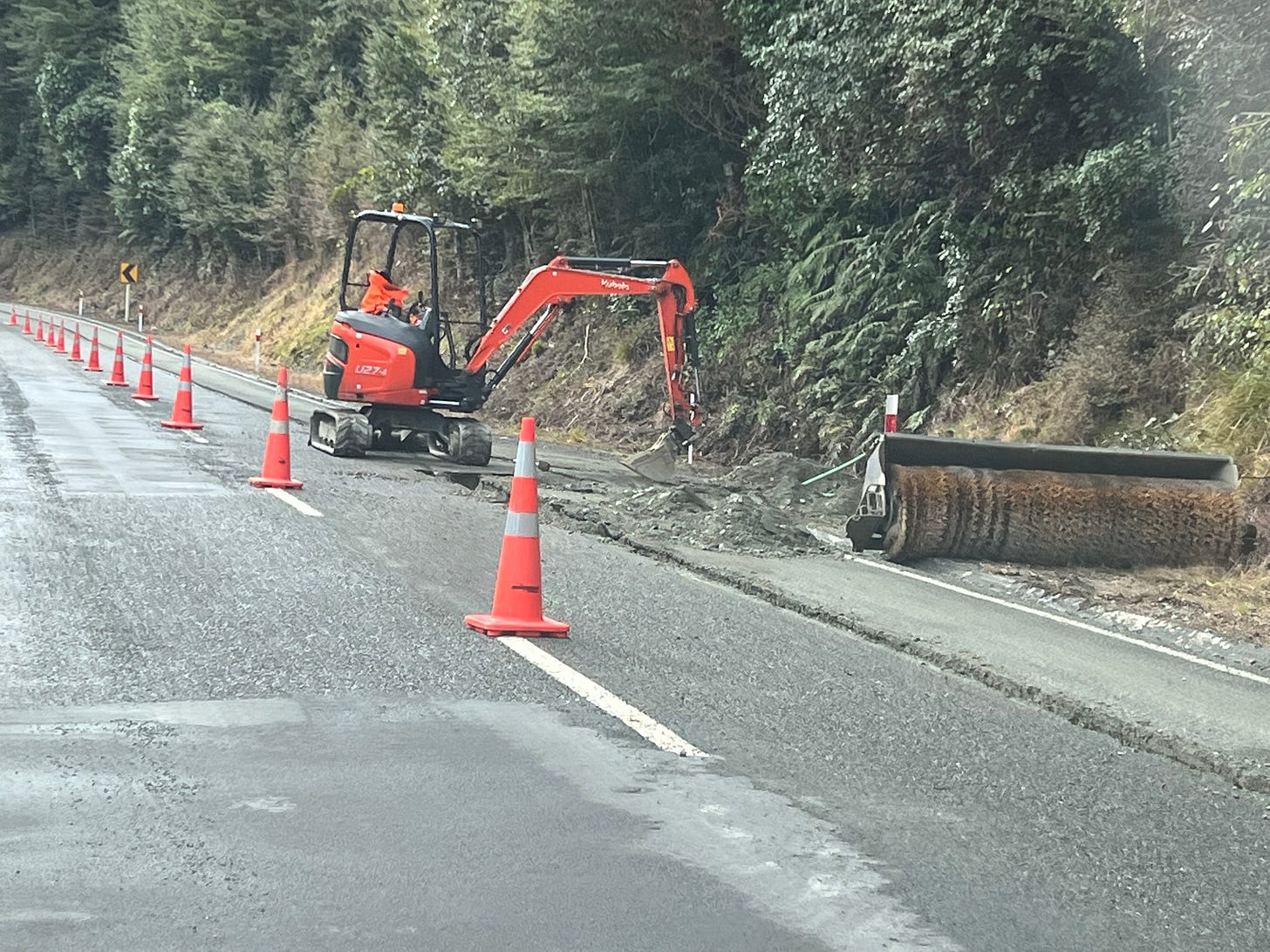How far for government-funded fibre?
Satellite broadband is more cost-effective for remote places such as Milford Sound
Almost everyone can agree that New Zealand has a public infrastructure deficit. Plugging this gap will be lengthy and expensive, and likely made even more so by cost and schedule blowouts.
But just how big is this infrastructure deficit?
A politician might answer it’s the gap between what we have and what we aspire to.
An economist, on the other hand, might answer that such aspirations are
ill-defined, as different people have different aspirations, and they may not agree; and
unlimited, as aspirations know no bounds.
Our economist might instead define the “deficit” to be the difference between the current state of infrastructure and a new state with additional infrastructure projects (both new and upgrades), subject to two constraints:
every project must offer a benefit-cost ratio (BCR) greater than 1 (i.e. total social benefits exceed total social costs);
all projects must fit within an overall budget constraint.1
The budget constraint means that some, perhaps many, BCR > 1 projects will not get built. Accordingly, while they may form part of someone’s aspiration, it is not useful to consider them part of the “deficit”.
Our economist’s definition, however, is difficult to explain in a political context. In practice, governments tends to make very specific project commitments, or very general service commitments. As an example of the latter, a recent strategy announced that by 2032 “high-speed internet [will be] available to all New Zealanders”.
A commitment worded that way is technology neutral. And that makes a lot of sense, because the underly cost structures of different technologies vary enormously. Fibre — the most commonly provided infrastructure for high-speed internet in New Zealand — is subject to economies of density. This makes it very cheap to connect an extra house in a crowded Auckland street, but crazily expensive to connect a remote farmhouse. Satellite internet, on the other hand, has economies of scale at a global level, but is prone to network congestion should large numbers of customers connect from one location (e.g. in a city).
So, while fibre is ideal for cities, satellite is ideal for connecting sparsely populated areas.2 The two technologies are complementary.
So the technology choice should be obvious for Milford Sound
Milford Sound is New Zealand’s most famous — and most remote — tourist destination, with a permanent population of around 120 residents. It is connected by single 120km road to the nearest town, Te Anau (population 2760).
By the above analysis, Milford Sound is very poorly suited to fibre internet, but ideally suited to satellite services.
In 2020, the government committed to funding a 120km fibre cable connecting Milford Sound to New Zealand’s Ultrafast Fibre Network in Te Anau. To get there, fibre must be laid through some of the country’s most mountainous and inhospitable, but beautiful, landscapes. While funding was committed and construction commenced in 2020, two years later the project is still very much a work in progress This is not surprising, as the road along which the cable is being laid is avalanche- and landslip-prone, and frequently closed due to inclement weather.
While the fibre cable to Milford Sound is yet to be completed, a cellphone tower, connected to the world via satellite, has been built there using Rural Broadband Initiative (RBI) funding. It went live at Christmas 2021.
Moreover, Starlink high-speed internet has been available across New Zealand for at least a year — and thus is available to Milford Sound residents and businesses.
What additional benefit will the new fibre connection bring to Milford Sound, above that already available from satellite and mobile services? Will it be worth worth what must be one of the most exorbitant costs per connection in the country?
Not doing much for the infrastructure deficit
Expensive projects offering limited benefits over alternatives come at the expense of other projects that would make a more substantial dent in New Zealand’s infrastructure deficit.
And inappropriate technology choices make it much less likely that governments can meet the commitments they make — in this instance the commitment that high-speed internet will be available to all New Zealanders by 2032.
By Bronwyn Howell & Dave Heatley
Based on an AEIdeas post by Bronwyn, 24 October 2022.
In the context of overall public finances, infrastructure projects compete with non-infrastructure projects for funding. It doesn’t make sense to start an infrastructure project if it displaces a non-infrastructure project with a higher BCR. So, the size of the infrastructure deficit within an overall budget constraint depends, strangely enough, on returns to available non-infrastructure projects.








